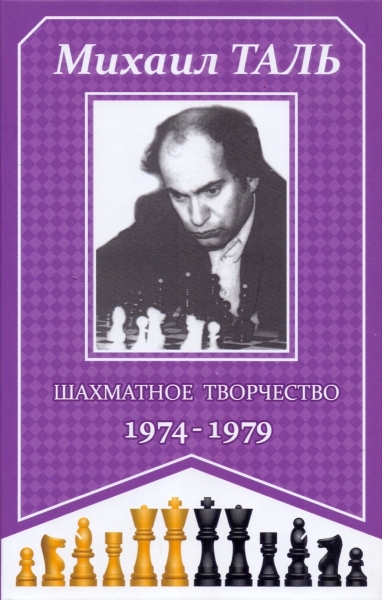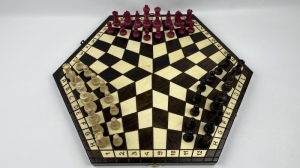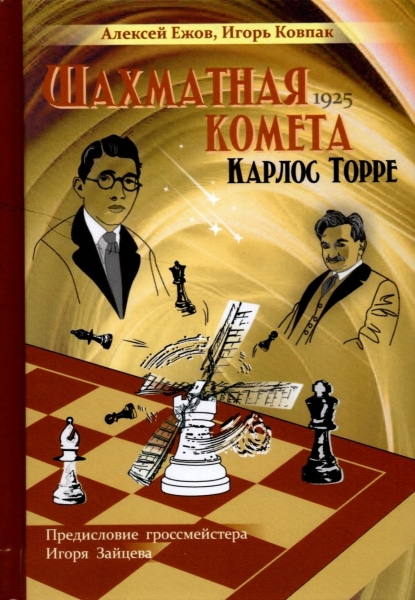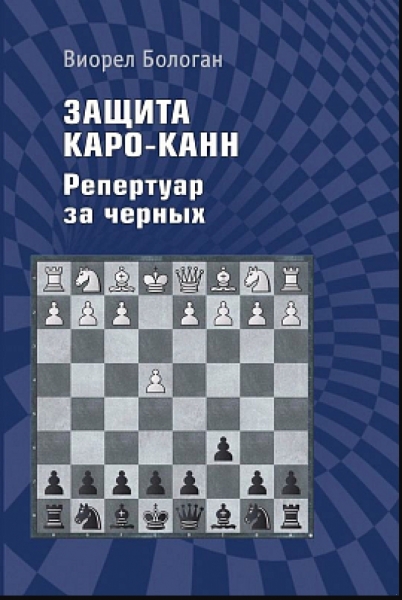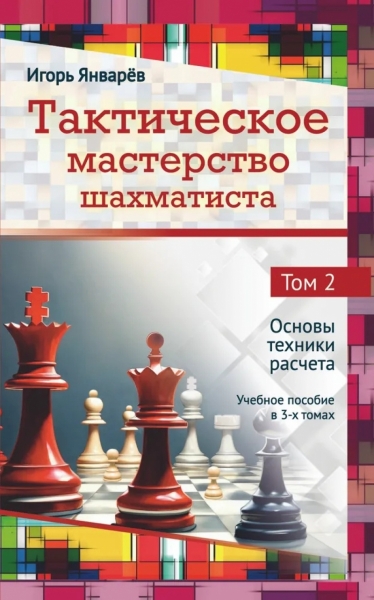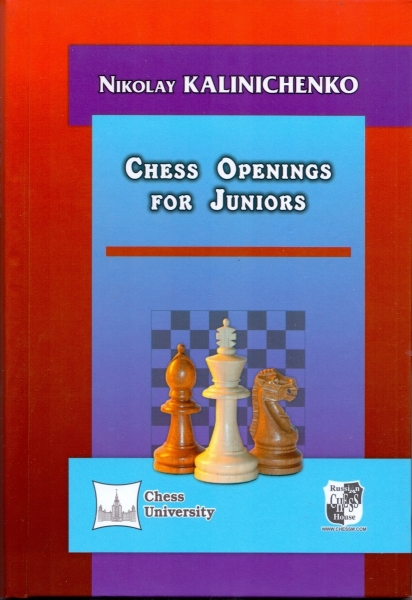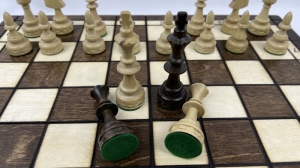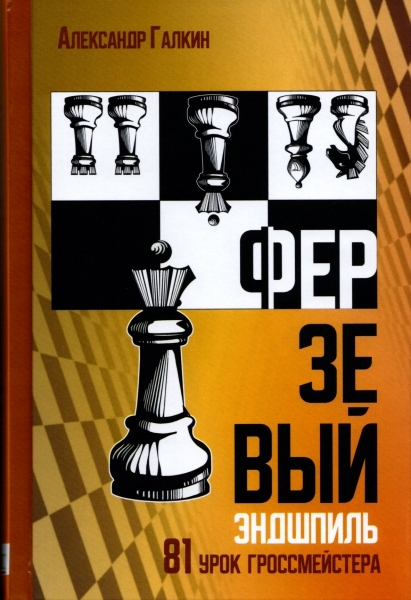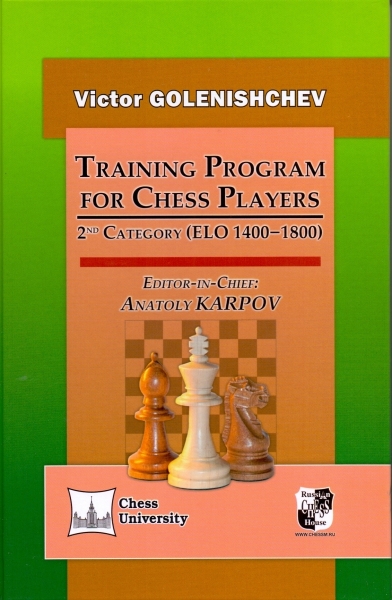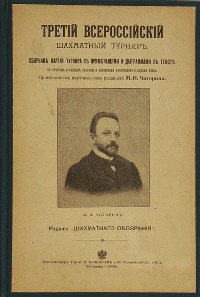III All-Russian Chess Tournament - Collection of tournament games with a report on the tournament, group and portraits of participants and views of Kiev. Notes to the parties edited by M.I. Chigorin
- Publisher: Chess review
- Author(s): Chigorin
- Language: Russian
- Size: Standard
- Binding: Solid
- DateOfIssue: 1904
paper book
2482.76 $
Description:
In possession of a calico cover with an illustrated publishing cover pasted over the front cover. In a good condition. All the games of the tournament (Kiev, 1903, I place - Chigorin) with the descriptions of the tours. Introductory article with the program and the conditions of the tournament. The last tournament is the triumph of the founder of the national chess school, one of the strongest chess players of the world of his time, Mikhail Ivanovich Chigorin (1850-1908). Rarity! The idea of organizing the 3rd All-Russian Chess Tournament appeared in the Kiev Chess Society in the summer of 1901, shortly after the 2nd All-Russia tournament, which took place in Moscow (in the Moscow Chess Club) from December 26, 1900 to January 14, 1901. But only that the founded Kiev Chess Society did not immediately reach the opportunity to begin the actual organization of the tournament, and the thought of it, barely appearing, subsided. However, after a year & mdash; in the summer of 1902 & mdash; the idea of the tournament was revived again in the Kiev Society and this time with more solid chances for its implementation. Adopted sympathetically everywhere, the idea of the tournament in Kiev found warm support in the Chess Review. This work with joint forces went so successfully that by the end of 1902 it became clear that there was a full opportunity to organize a tournament.
-
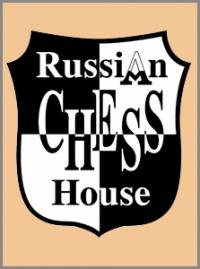 The life of a chess player in the system. Memories of the grandmaster
Author:
The life of a chess player in the system. Memories of the grandmaster
Author:
Averbah 45.00 $ -
 Три матча Ботвинник-Смыслов
Author:
Три матча Ботвинник-Смыслов
Author:
Botvinnik 45.00 $ -
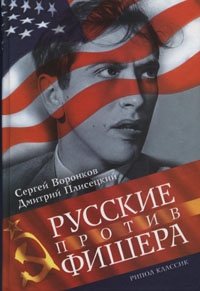 Russians vs Fisher
Author:
Russians vs Fisher
Author:
Voronkov 65.00 $ -
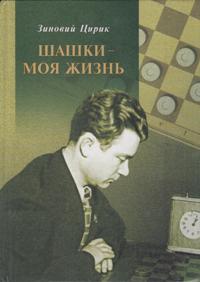 Checkers is my life
Author:
Checkers is my life
Author:
Ciric 87.50 $ -
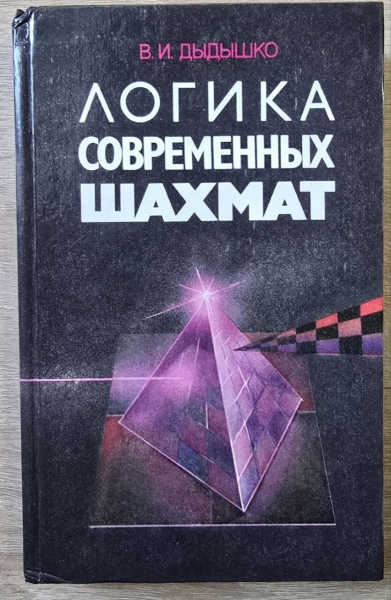 The logic of modern chess
Author:
The logic of modern chess
Author:
Dydyshko 72.50 $ -
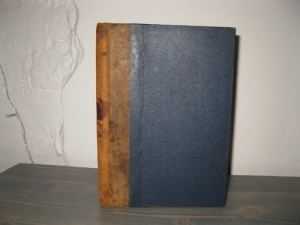 Siegbert Tarrasch. The Queen
Author:
Siegbert Tarrasch. The Queen
Author:
Tarrash 72.50 $ -
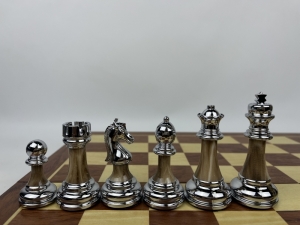 High quality acrylic metal heavy chess pieces with wooden board
202.50 $
High quality acrylic metal heavy chess pieces with wooden board
202.50 $
-
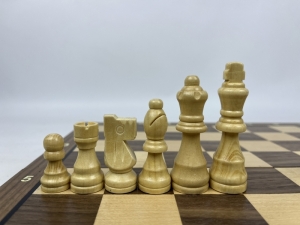 Wooden magnetic Staunton chess with a lock (silver)
56.25 $
Wooden magnetic Staunton chess with a lock (silver)
56.25 $
-
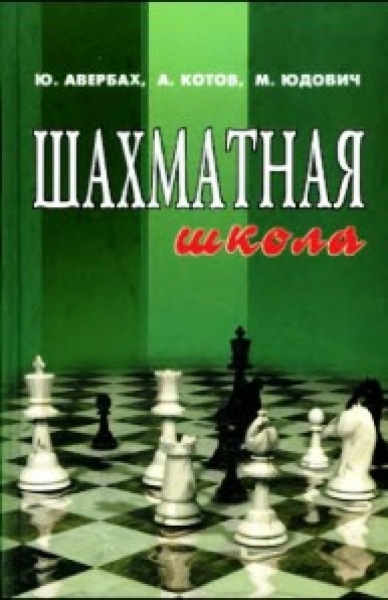 Chess school
Author:
Chess school
Author:
Averbah 15.00 $ -
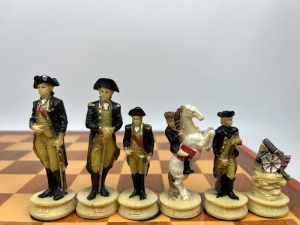 The chess set of The Chessmen. US war - Great Britain
325.00 $
The chess set of The Chessmen. US war - Great Britain
325.00 $
 Русский
Русский  Английский
Английский 